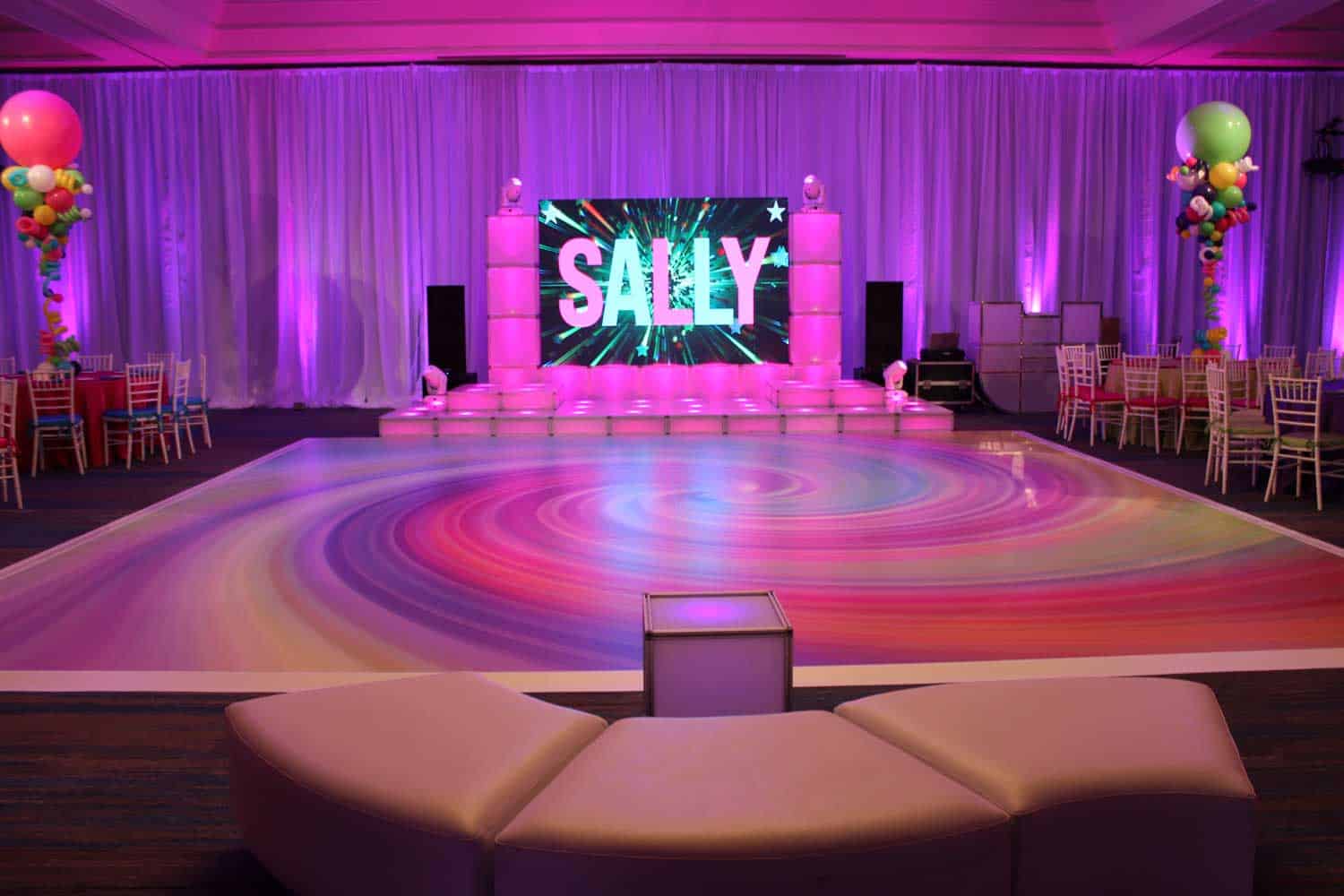Effective Strategies for Overcoming Temperature Challenges in Light Emitting Diode Display Screens
Wiki Article
Light Emitting Diode wall screens are progressively popular for various uses, such as advertising, events, and electronic screens. Nevertheless, overheating is a significant challenge that can affect their functionality and lifespan. When LED panels overheat, they may dim, hue shift, or even malfunction entirely. Understanding the causes and applying efficient methods to control heat can help maintain the optimal operation of LED panel screens. This piece will explore several strategies to address overheating challenges related with these units.
One powerful approach for stopping excess heat in LED panel screens is ensuring proper airflow. It is essential to install these screens in settings where atmosphere flow is sufficient. This can be achieved by placing the panels in a well-ventilated area or utilizing blowers to improve ventilation around the units. Additionally, if the panels are mounted in a confined area, creating gaps or using air ducts can help dissipate heat more efficiently. Keeping a lower surrounding heat level is vital, as it immediately affects the performance and lifespan of LED wall screens.
Another way to address excess heat is through the application of heat management materials. These materials can help absorb, dissipate, or deflect heat away from the LED elements. Thermal sinks are frequently employed in many electronic devices, such as LED panels. These metal elements pull heat away from the LED diodes, allowing them to operate at a more secure heat level. Additionally, thermal paste or pads can be utilized to enhance heat conduction between the LED elements and the heat sinks, further enhancing their chilling effectiveness.

Regular care and oversight of LED panel screens also play a critical part in stopping excess heat. Dirt and debris can build up on the faces of these screens, blocking ventilation and holding heat. Consistent tidying, using suitable tools, will ensure the screens free from blockages. Furthermore, tracking the heat level of the screens can help detect excess heat issues before they turn into severe. Using temperature sensors can provide valuable data, allowing users to take corrective action if the panels begin to exceed safe operating heat levels.
The implementation of cutting-edge techniques can also help address overheating challenges in LED wall screens. Many contemporary LED screens come fitted with built-in heat control systems. These systems can instinctively adjust the brightness of the display based on Continue the temperature, reducing heat generation when necessary. Additionally, software solutions can monitor the performance of the panels and provide alerts if excess heat is identified. Using these tools can considerably improve the longevity and reliability of LED wall panels.
In summary, controlling overheating in LED wall panels is crucial for guaranteeing their functionality and durability. Applying methods such as ensuring proper airflow, using heat control substances, conducting routine care, and utilizing advanced technology can help mitigate excess heat issues. By implementing these proactive steps, users can enjoy the complete advantages of LED panel panels while minimizing the risk of temperature-related problems. This method not only enhances the performance of the panels but also adds to a much eco-friendly and efficient use of technology in multiple uses.